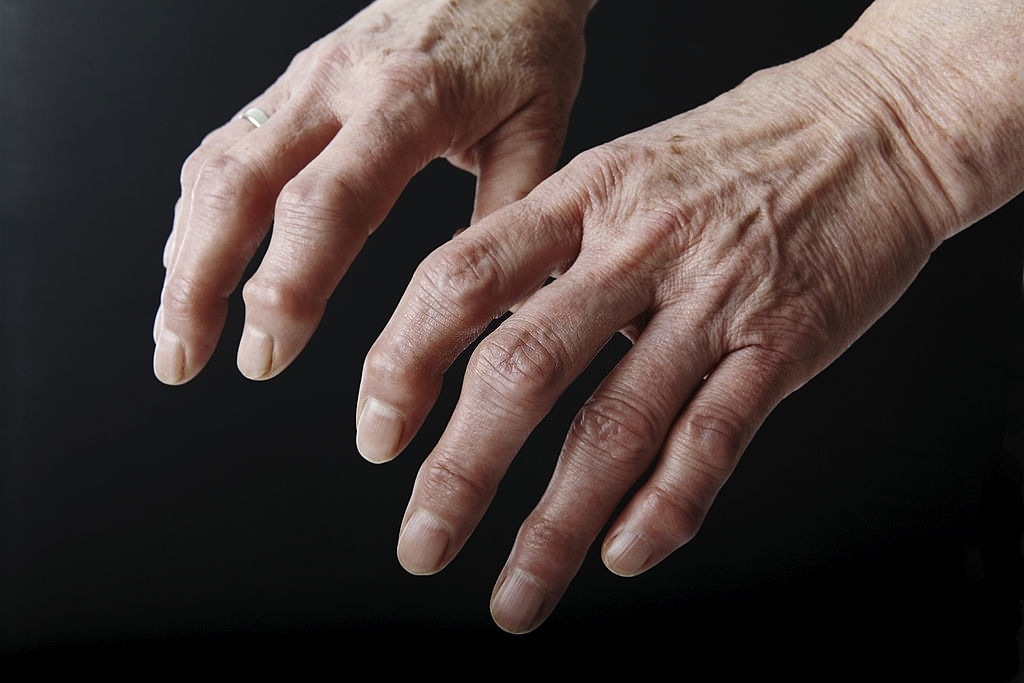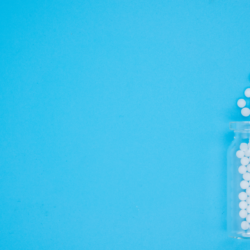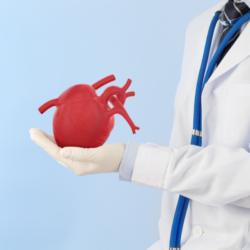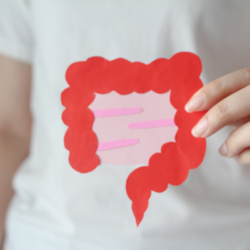Osteoarthritis is a degenerative disease of the joint characterized by destruction of the articular cartilage and marginal osteophytosis . Two forms of osteoarthritis are described: primary osteoarthritis and secondary osteoarthritis .
- In primary osteoarthritis, there is no clear or precise triggering cause. It mainly occurs in the subject over fifty years, presenting a predisposed ground.
- Secondary osteoarthritis follows a joint fracture, joint dysfunction of various causes (septic arthritis, malformation, etc.). It can be seen in a subject much younger than primary osteoarthritis; very often it affects only one joint.
It is of course the pains which lead the patient to consult; they are accompanied by joint stiffness , which usually gets worse with rest and improves after a few stripping movements. The x-ray can confirm the diagnosis.
What is the role of homeopathy in osteoarthritis?
Homeopathy does not claim to regenerate destroyed cartilage; on the other hand, it makes it possible to slow down and limit the progression of the arthritis disease and to relieve the patient’s pain . It can be combined with other methods: acupuncture for analgesia, acetylsalicylic acid or non-steroidal anti-inflammatory drugs during acute attacks, crenotherapy, physiotherapy, etc. The patient is recommended to exercise moderately , without ever forcing it. We will not forget either the resources of surgery in the event of very debilitating osteoarthritis: osteotomies, total prostheses (hip in particular) … As in any chronic disease, homeopathic treatment will include symptomatic drugs and field drugs..
Symptomatic drugs
These drugs are chosen according to the modalities and location of the symptoms. Of course, the clinical description of osteoarthritis immediately evokes Rhus toxicodendron with its aggravation by rest, by first movements, and its improvement by continuous movement . Let us also remember its aggravation by humidity . This medication can be taken from 5 to 15CH, 5 granules 1 to 2 times a day.
Bryonia has the opposite modality: the pains are improved by rest . However, some patients with osteoarthritis present worsening in the morning, improvement during the day, and worsen again in the evening with, very often, a slight synovial effusion. Under these conditions, it is perfectly legal to take Rhus toxicodendron in the morning and Bryonia in the evening. Obviously, this intake is never systematic, but, as always, reasoned according to the symptoms of the patient.
The localization of osteoarthritis will also guide us towards the choice of symptomatic drugs: Actæa racemosa will relieve pain due to cervical or upper back osteoarthritis, Actæa spicata , Polygonum aviculare , those due to interphalangeal arthritis, Radium bromatum those of the knees or the lumbar region, etc.
These drugs should be taken once or twice a day.
Field drugs
Osteoarthritis, by its slow, insidious development, by its clinical manifestations such as progressive ankylosis, aggravated pain at rest, is similar to the sycotic reaction mode. Some drugs of the psoric reaction mode are sometimes useful, Sulfur in particular, when, against a background of osteoarthritis, inflammatory attacks occur.
Thuja and Natrum sulfuricum :
Main drugs of the sycotic reaction mode, they are often indicated in osteoarthritis especially mono or pauciarticular . Let us recall, in addition to the signs common to all osteoarthritis, their aggravation by humidity and, as regards Natrum sulfuricum , by the change of weather (which the subject can foresee because of the recrudescence of his pains).
Causticum :
This medication is suitable for osteoarthritis which is manifested by pain aggravated by the dry cold, by the cold dry winds ; they are improved by the heat of the bed (the classic improvement by moist heat is rarely found in arthritis patients). The patient has a feeling of stiffness, in particular in the neck and back, a feeling of “tendons too short”.
Sulfur and Sulfur iodatum :
These drugs are indicated in patients with osteoarthritis who present inflammatory flares at more or less regular intervals. Usually multi – joint pains are tightness type, aggravated by rest and by the heat of the bed . In the history of the patients, we find other symptoms of the psoric reaction mode.
Calcarea carbonica :
It is a drug of osteoarthritis in subjects whose morphology served as a model for the description of the “carbonic constitution”. These patients often also present with some degree of demineralization.
Kalium carbonicum :
This medication is indicated when osteoarthritis, especially of the lumbar region and the knees, manifests itself by a feeling of weakness, withdrawal ; the back pain improved by sitting on a hard seat; they are aggravated by the cold.
It is particularly suitable for tired subjects, who tend to edemas; one often notices, in particular, a small swelling ball at the level of the internal angle of the upper eyelid. Osteoarthritis that occurs during menopause is a good indication for the drug.
These patients can also present digestive and respiratory problems (atonic dyspepsia, asthma, emphysema…).
Calcarea fluorica :
It is a drug indicated in osteoarthritis with significant osteophytosis , pain aggravated by the first movements and then improved. It is particularly aimed at patients with hyperlaxed joints , prone to dystrophies. It is very interesting in osteoarthritis secondary to scoliosis.
Tuberculinum residuum :
It is an osteoarthritis drug causing progressive ankylosis with joint deformities . The patient complains of pain and stiffness , worse on rest and on awakening, improved by movement. The pains are independent of climatic conditions .
Dosage : The usual dosage of field drugs is one tube-dose of blood cells, in 15 or 30CH, every 8 or 15 days. Sometimes it may be useful to repeat every day or every other day at the rate of 5 granules per dose. This is often the case for Sulfur or Sulfur iodatum, the building blocks of articular cartilage.





